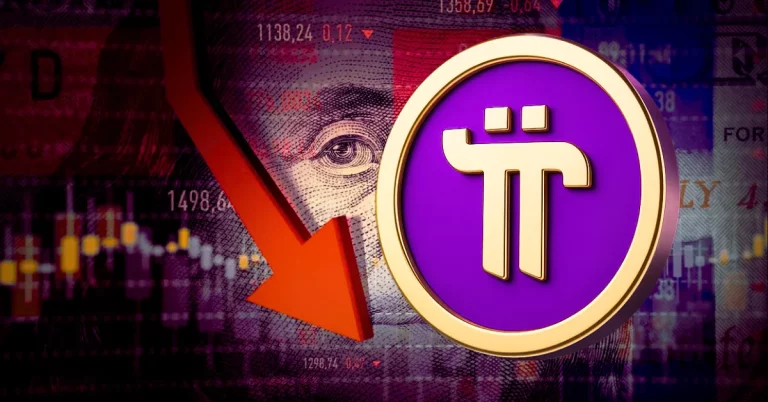
Understanding the GENIUS Act and Its Significance
The U.S. Treasury has taken a major step in reinforcing regulatory frameworks around stablecoins through the GENIUS Act. With the comment window for public input closing on October 17th, this initiative marks a milestone in monitoring illicit activity while paving the way for secure and innovative digital asset adoption.
This act aims to strengthen the balance between transparency, privacy, and cybersecurity in the stablecoin market while maintaining the United States’ leadership in digital finance. According to Treasury Secretary Scott Bessent, it is a ‘win-win-win’ for stablecoin users, issuers, and the government.
Key Provisions of the GENIUS Act
1. Public Input on Monitoring Tools: The Treasury is accepting comments to evaluate the costs, efficiency, and privacy implications of monitoring tools that track stablecoin transactions. This feedback will play a vital role in drafting policy guidance.
2. Stablecoin Issuers and Treasury Bills: Stablecoin providers are now significant buyers of U.S. Treasury bills, with Tether recently ranking as the 18th largest buyer. This connection reinforces the reserve backing of digital dollars while supporting government debt mechanisms.
3. Lawful Order Provision: Under this provision, stablecoin issuers are required to seize, burn, freeze, or prevent transfers upon receiving a valid court or regulatory order, ensuring compliance and stricter oversight.
Potential Impact on the Financial Sector
While the GENIUS Act offers potential for improving financial security and innovation, it also faces criticism. The Bank Policy Institute (BPI) raised concerns over ‘loopholes’ that allow interest on stablecoins. BPI claimed this could lead to a capital flight exceeding $6.6 trillion, influencing banks’ lending capacities and increasing borrowing costs for businesses and households.
Timeline and What to Expect
After the October public comment period concludes, the U.S. Treasury will draft guidance incorporating public feedback. Regulatory proposals are expected by mid-2026, with potential enforcement beginning in 2027. This phased implementation underscores the government’s careful approach to balancing regulation and innovation.
Boost Your Financial Literacy with Tools
As the world of stablecoins evolves, staying informed is crucial. Consider exploring tools and platforms that help track digital assets effectively. A trusted option is the Ledger Nano X, a secure hardware wallet for cryptocurrencies that ensures your digital holdings remain safe and private.
Final Thoughts
The GENIUS Act has set a foundation for transparent and regulated stablecoin management, showcasing the U.S. Treasury’s commitment to fostering innovation while safeguarding financial stability. The coming years will reveal how these policies reshape the global digital assets landscape.



